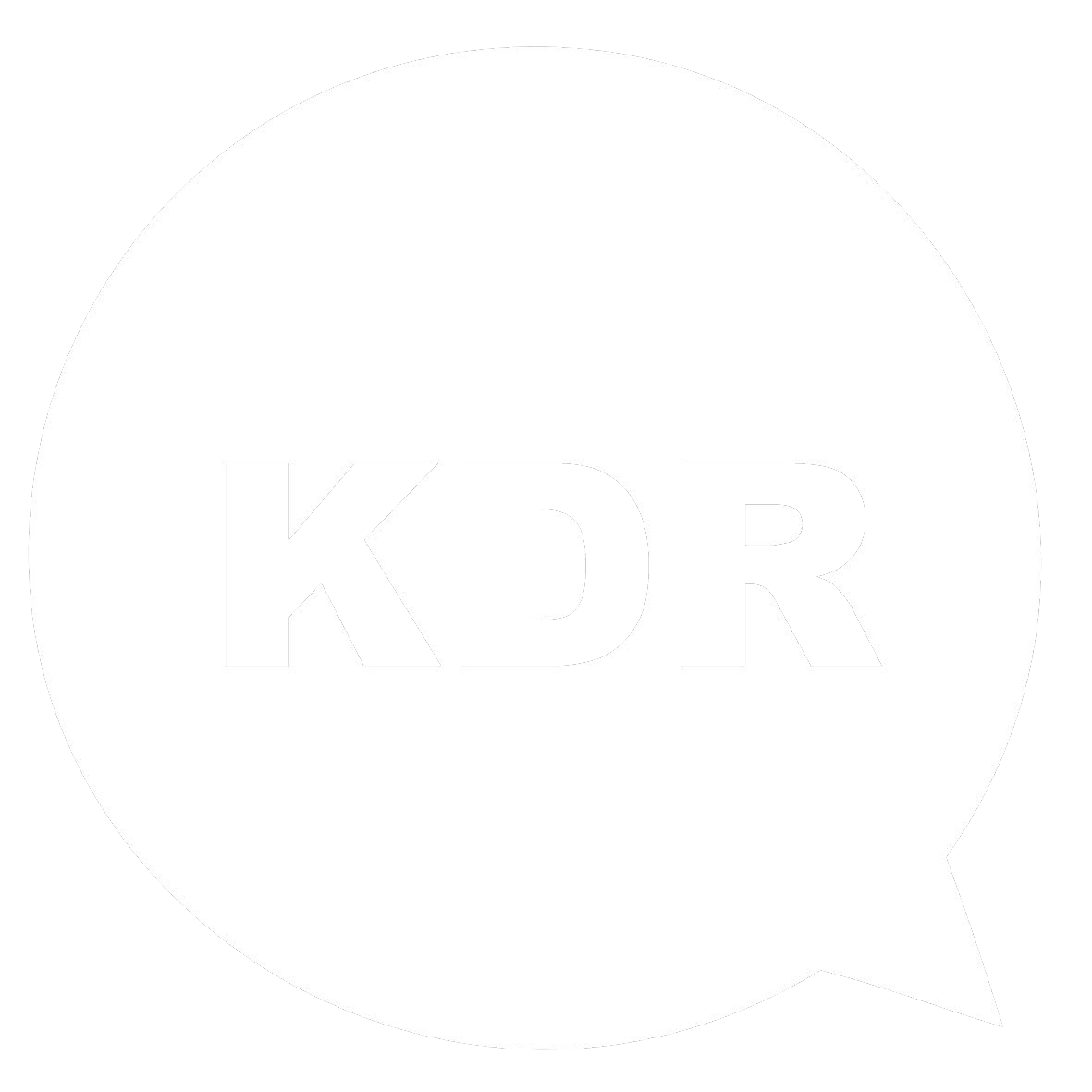We love our clients and we think you will too! The Child’s Primary School (TCPS) is celebrating more than 30 years in the San Diego community, and they have some great stories to tell. We’re working with them to refresh their external messaging, website (design thanks to MCM) and preparing for media and partnership outreach in the fall. Check out their new website we just launched this week!
We also asked Jim Price, executive director at TCPS, a few questions to get to know them better:
- What was a standout moment for you in the 2013/2014 school year?
Winning First Place in the Middle School Robotics Division at the San Diego Mini-Maker Faire andparticipating as an exhibitor and conference speaker at the STEAMConnect Conference.
- What initiatives are TCPS teachers and students excited about for this coming school year?
Our Classroom Without Walls Initiative, our growing involvement with STEAMConnect and the Small Schools Coalition.
- What do you look forward to most about working with KDR PR?
Giving more people in San Diego the opportunity to learn more about our school, our innovative teachers, and our awesome kids.

